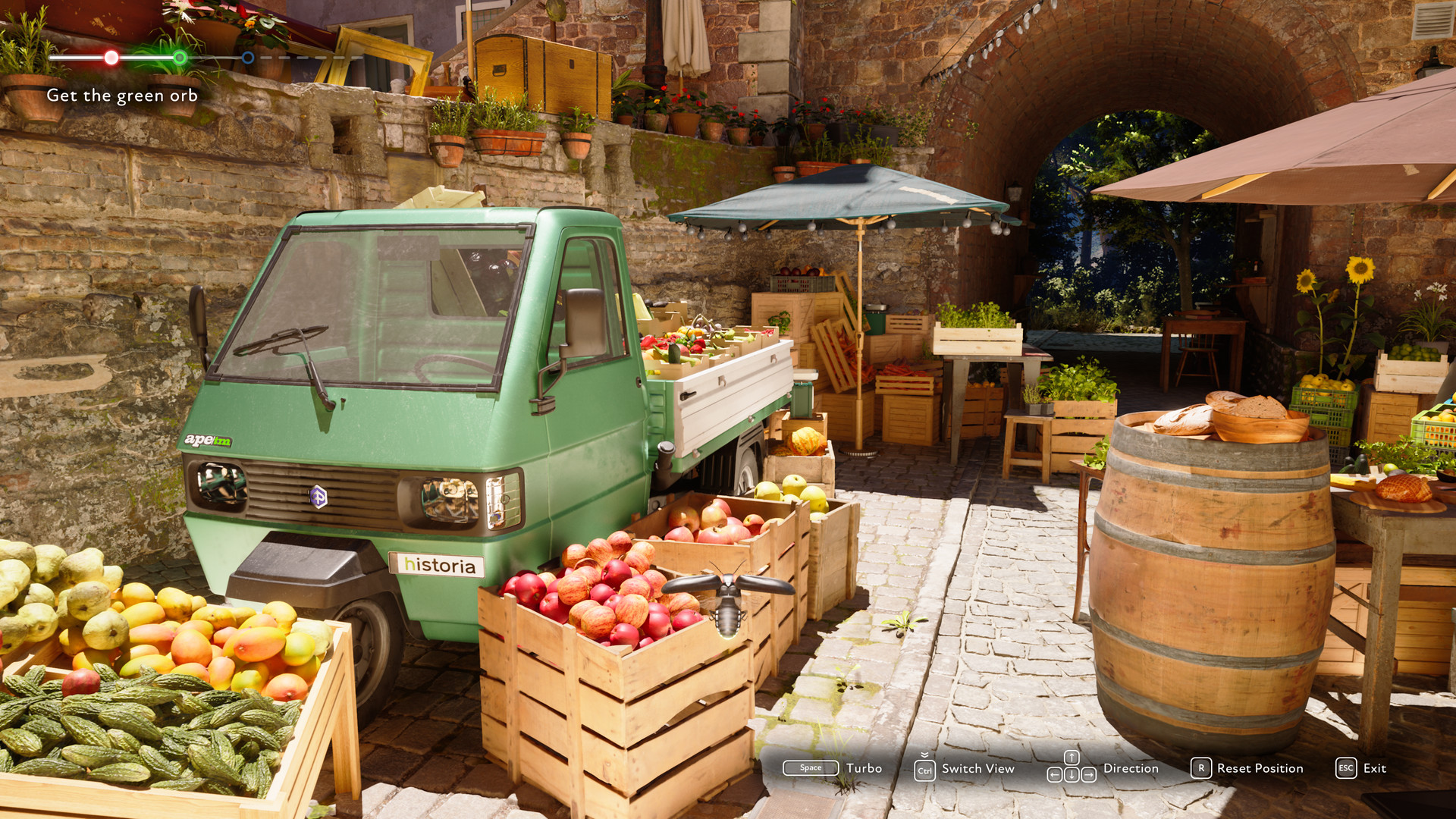You are using an out of date browser. It may not display this or other websites correctly.
You should upgrade or use an alternative browser.
You should upgrade or use an alternative browser.
Unreal Engine 5, [UE5 Developer Availability 2022-04-05]
- Thread starter mpg1
- Start date
Black Myth: Wukong moved development to UE5 and this trailer is running on UE5
Wow that looks really, really good. The snow and overall environment detail is impressive.
Not if the CCP has anything to do with developmentI bet there's a lot more Buddha statues strewn around the terrain now lol

oh jeez, that's just sad being a possibility.Not if the CCP has anything to do with development
No, the opposite would happen: By generating one large but detailed mesh of terrain, you need much more data then with kitbashing a terrain from a small number of instanced rocks (And overlapping models is not necessarily a performance problem, aside RT issues).Procedural generation of terrain, to avoid storing huge meshes as suggested by @Dictator.
Thus Nanite is not well suited for procedural generation of large terrain, because such terrain would be unique everywhere, and can't be decomposed into a small set of building blocks.
This is quite a problem. As we see, all UE5 content shows pretty uniform terrain, meaning the base models have similar color and structure, so kitbashing can work. I perceive this as some comeback of UE3 days grey and brown.
I would experiment with modulating materials at runtime, to add some low frequency variance. Maybe driven from some painting or texture.
Regarding procedural generation, automatic placement of models (e.g. rocks over terrain) is where the most benefit seems to be.
For large open world games, i guess heightmaps remain pretty common, decorated with Nanite models.
Maybe they add an improved and detailed hightmap system, with support for dynamic deformation and procedural detail amplification at runtime. The game above suffers a bit from high detail rocks on low detail terrain.
Silent_Buddha
Legend
Not if the CCP has anything to do with development
That just means that all the Buddha statues would have Xi Jinping's head on them.
Regards,
SB
edit : it's UE4 not UE5 sorry.
A short game and tech demo created with Unreal Engine 5. The player is a small firefly that collects orbs of light scattered around the market. Experience a meticulously rendered world from a micro view point!

cheapchips
Veteran
Someone can install it and benchmark it?
Getting 19-24 FPS on my i5-6500 / GTX1060 6Gb / 7200rpm HDD.
Yup.Looks nice in stills but in motion the laggy lighting is off-putting.
Also, the 23GB install size for this sort of mini-demo is quite something...
Very high resolution unique texture covering an object is not the most optimal way for a storage.
Detail texturing and other tricks are certainly not going away.
I still don't understand how exactly this works. My brain still works in triangles and poly counts and I just can't see it. I'll get there one day.
davis.anthony
Veteran
I know people are hyped over RT but for me, the new geometry capabilities and things like Nanite excite me more.
Every generation has a 'look' and I believe the look of this generation will be insane geometric detail.
Horizon:FW already seems to be pushing so much geometry and looks so much better for it.
Every generation has a 'look' and I believe the look of this generation will be insane geometric detail.
Horizon:FW already seems to be pushing so much geometry and looks so much better for it.
I know people are hyped over RT but for me, the new geometry capabilities and things like Nanite excite me more.
But if you can do both, thats even more insane right.
Last edited by a moderator:
D
Deleted member 13524
Guest
I still don't understand how exactly this works. My brain still works in triangles and poly counts and I just can't see it. I'll get there one day.
The funny thing with UE5 is that it still is just triangles and poly counts, we just get to have a whole lot more of those for the in-game geometry, whereas with the old culling and LOD systems we were stuck with models that were greatly simplified from their sculpted and/or photogrammetry originals.
And what we're seeing is that the enhanced geometry provides great results for those horrid non-RT illumination+shadowing systems that have been developed for rasterization throughout the years.
Similar threads
- Replies
- 24
- Views
- 4K
- Replies
- 104
- Views
- 18K
- Replies
- 0
- Views
- 927
- Locked
- Replies
- 260
- Views
- 22K
